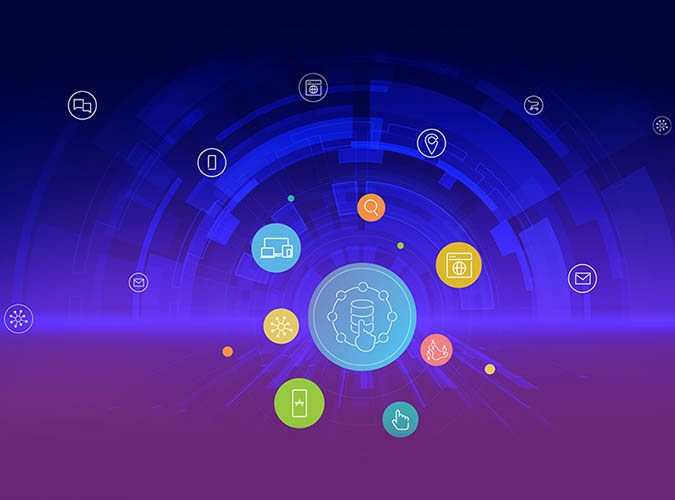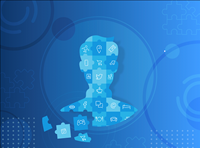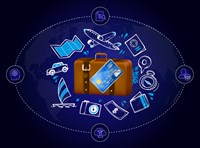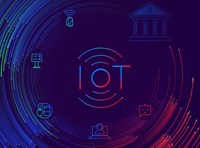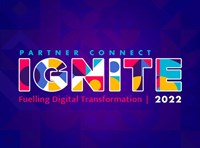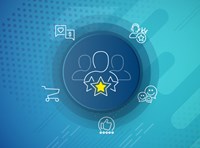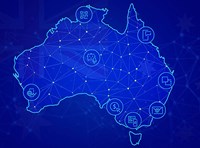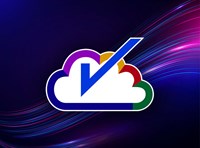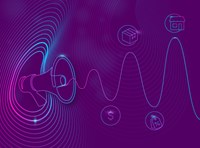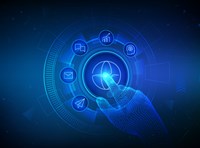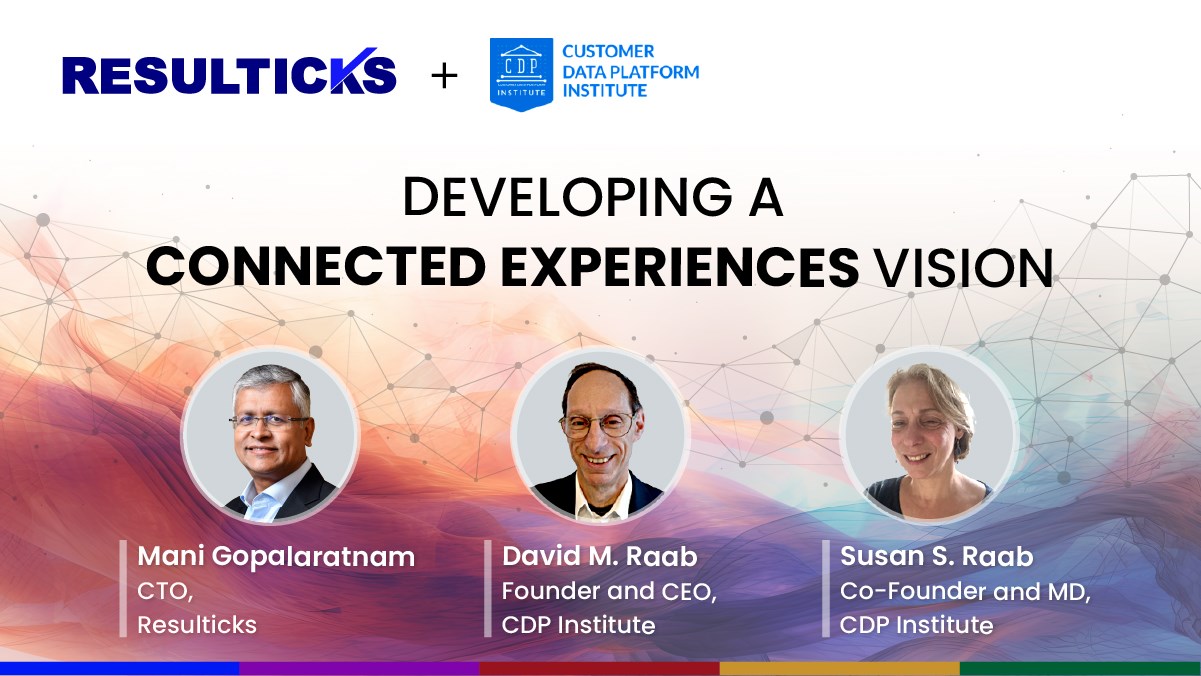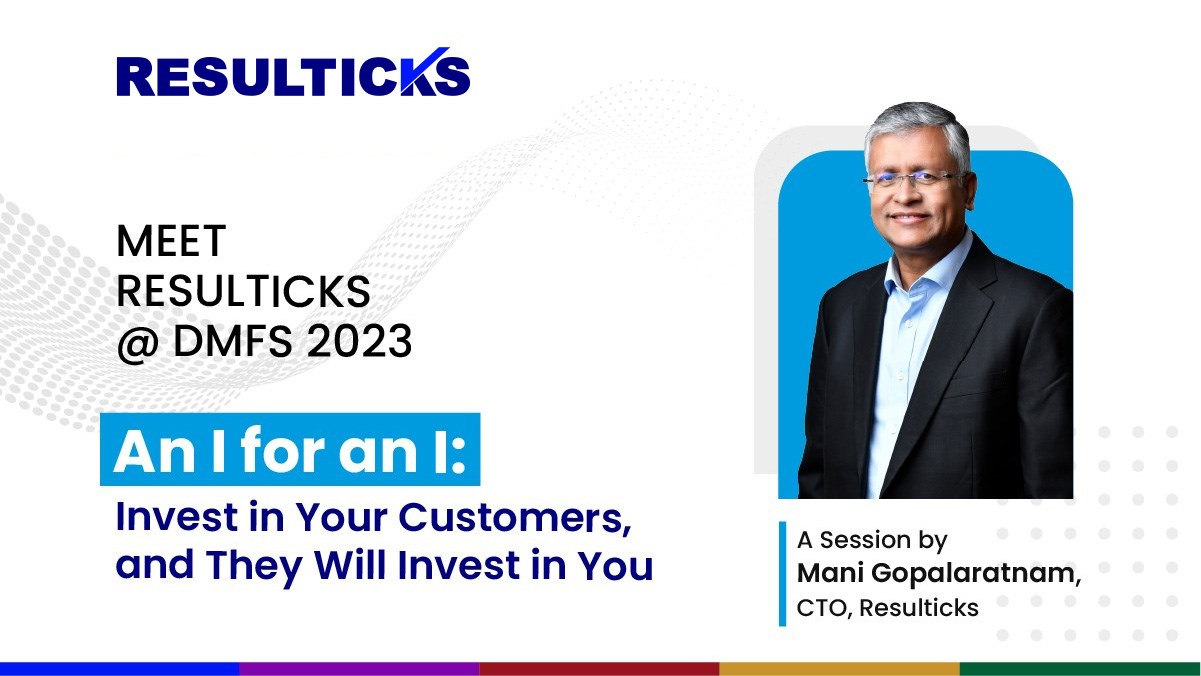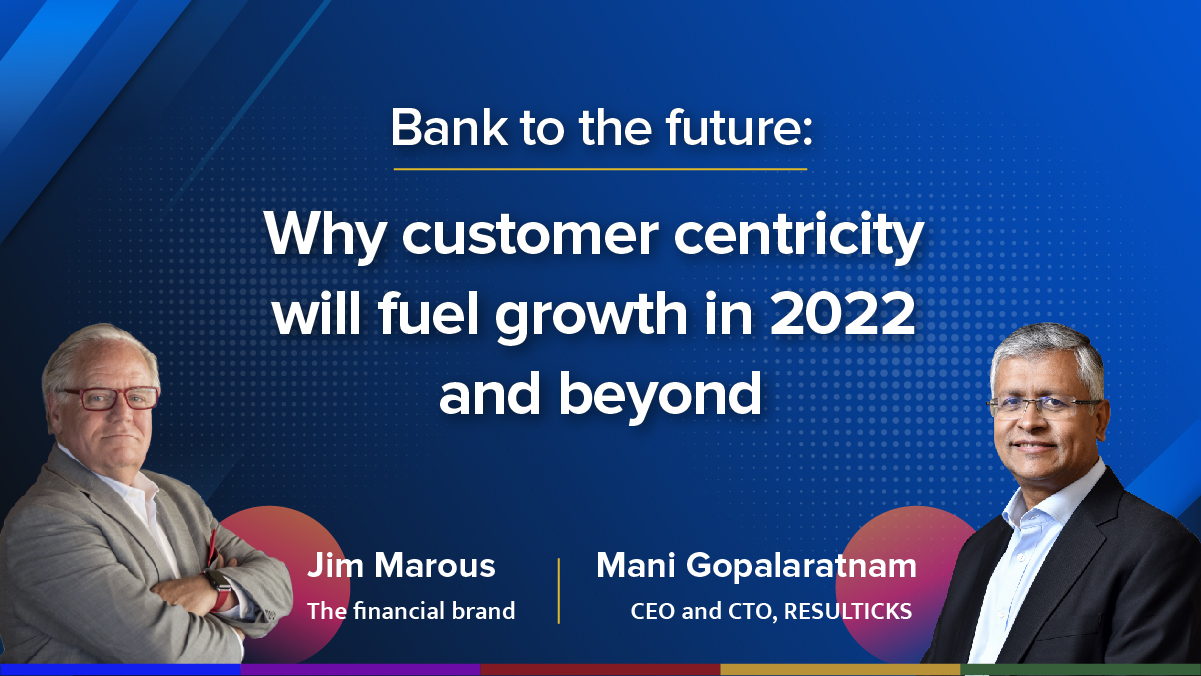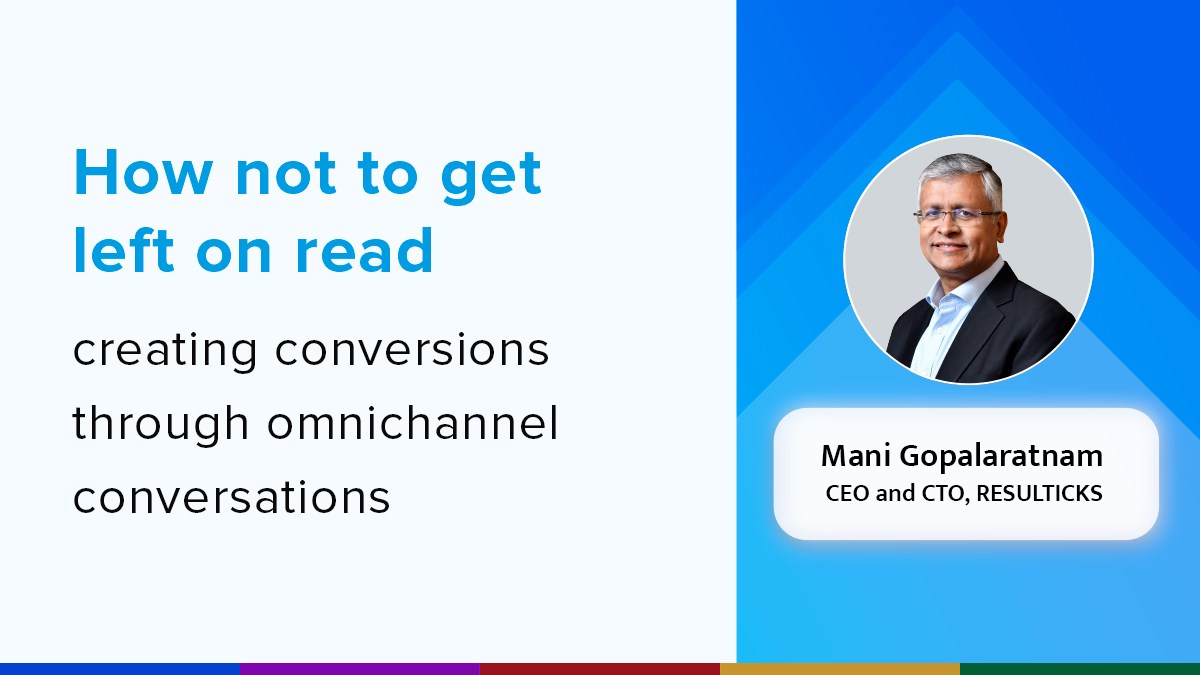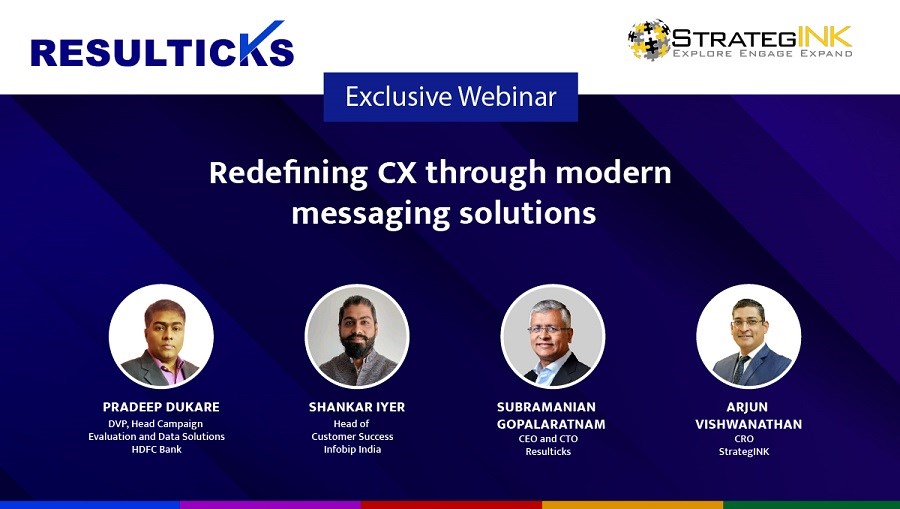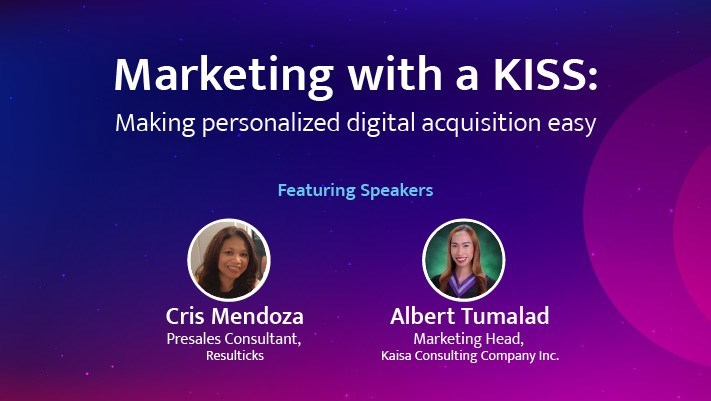The Internet of Things (IoT) is a system linking any device to the Internet and to other connected devices. It is a giant network of connected things and people that allows the sharing of data within it.
It’s almost clichéd now to point out that data is the new oil for this century. With 2.5 quintillion bytes of data being generated by the digital world each day, we’ve arrived at a point where the best of our manual efforts still cannot manage this endless deluge of information.
However, leveraging these massive waves of data could reveal powerful insights that have the potential to transform whatever field it touches. This is where big data and IoT come into the spotlight, and understanding the relation between them has become more crucial than ever. Globally, IoT has moved up the ladder with IDC estimating $1.2 trillion in spending by 2022. Revenues for big data (and business analytics) solutions are also expected to reach about $260 billion in 2022.
Indeed, the rapid growth of IoT is reshaping the way in which an individual or organization is consuming services, content, and transactions. With a wide variety of IoT devices—from wearables and beacons to automobile location trackers, LIDAR, home gateways, climate sensors, and much more, organizations will capture large volumes of valuable, in-depth data that can transform their communication efforts with the help of analytics, AI, and machine learning.
The key trends in the IoT 2020 are as follows:
Big data and AI impact
“If you invent a breakthrough in Artificial Intelligence, so machines can learn, that is worth 10 Microsoft. – Bill Gates
There is no value in keeping information at the data level. With such an enormous amount of data available today, organizations need an engine robust and scalable enough to process and activate the information. Equally important are AI and machine learning models that are seamlessly implemented to harness actionable, detailed insights and thus help organizations make even more informed business decisions.
Software as a Service (SaaS) rules
Due to their complexity as well as the skills and infrastructure required, many IoT applications are not implemented through traditional hosting. Instead, they are adopted as SaaS, which not only reduces the total investments required but frees the organization from worrying about IT overheads and instead to focus on business decisions. Moreover, some SaaS solutions provide features that make it possible to detect, analyze, and respond to specific signals instead of large data sets and thus refine the insights they generate.
In practice, and during our omnichannel era, this means that the organization can unlock real-time insights on individual customers’ activities and journeys across IoT devices and beyond. This paves the way for the organization to fulfill the needs of each customer at just the right moment and through the most appropriate channel.
Edge processing
Traditional data processing tends to consist of centralizing the data flows and then applying logic on top to generate decision insights. The sheer scale of data and the speed at which business decisions must be made now mean that a significant amount of processing must be done at the points where data originates—or, the “edge.”
Cloud vendors like Azure and AWS are creating edge clouds that help the organization implement real-time rules or models to derive valuable insights at the pace required today. This development is already underway and will likely become mainstream by 2025.
Standardized integration
As IoT devices proliferate, many have made considerable efforts to integrate them at the device level. However, this has often resulted in wasted and repeated investments as well as data redundancy.
In the past few years, there has been an industry-wide movement towards IoT standardization, which unifies integration at the solution level and from all of the devices at once.
The following are the key standards that are becoming mature:
Infrastructure (e.g., 6LowPAN, IPv4/IPv6, RPL) Identification (e.g., EPC, uCode, IPv6, URIs) Communications and transport (e.g., WIFI, Bluetooth, LPWAN) Discovery (e.g., Physical Web, mDNS, DNS-SD) Data protocols (e e.g., MQTT, CoAP, AMQP, Websocket, Node) Device management (e.g., TR-069, OMA-DM) Semantic (e.g., JSON-LD, Web Thing Model) Multi-layer frameworks (e.g., Alljoyn, IoTivity, Weave, Homekit) In addition to these standards, certain cloud vendors are integration through IoT gateways as part of their “Platform as a Service” solutions that can easily handle the velocity and volume of data that will be available.
IoT security matures
The explosion of data doesn’t just mean a rich trove of customer insights to be uncovered. The organization also faces increasing pressure to provide holistic security measures to safeguard the privacy of its customers across every area of their operations.
IoT security should be handled in the following manners:
1. Device
Protect device access through multi-factor authentication
2. Device access
Utilize role-based data access—which should encompass even services consuming this data—and institute proper transport security (e.g., SSL)
3. Data layer at the edge
Keep the data originating from the device to the edge and protect it with appropriate encryptions/hashing algorithms
4. Data transport
Create a secure, hacker-proof tunnel to transport data from the edge to the cloud or data center
5. Identity control
Provide unified user management for every component of the solution to maintain appropriate, secure access
6. Data storage
Securing data across production systems, transactions, transport, and archival. Introduce technologies such as data loss prevention for additional security and maintain a clear view of all data points.
7. Breach prevention
Employ relevant AI and machine learning models to pre-empt any security breach
IoT and personalization
IoT applications and integrated devices are not just expediting the entire retail supply chain. They provide a valuable means for the organization to bridge the online-offline experience gap to realize seamless customer journeys, and it also empowers the organization to deliver more personalized content, offers, recommendations, and much more using the wealth of insights and contexts that can be derived from the diverse devices available.
In a nutshell, the trends above will continue to mature and likely dominate the IoT landscape in 2020 and beyond. As IoT permeates more and more aspects of life and commerce, customers and businesses alike stand to benefit—with the right technologies.

